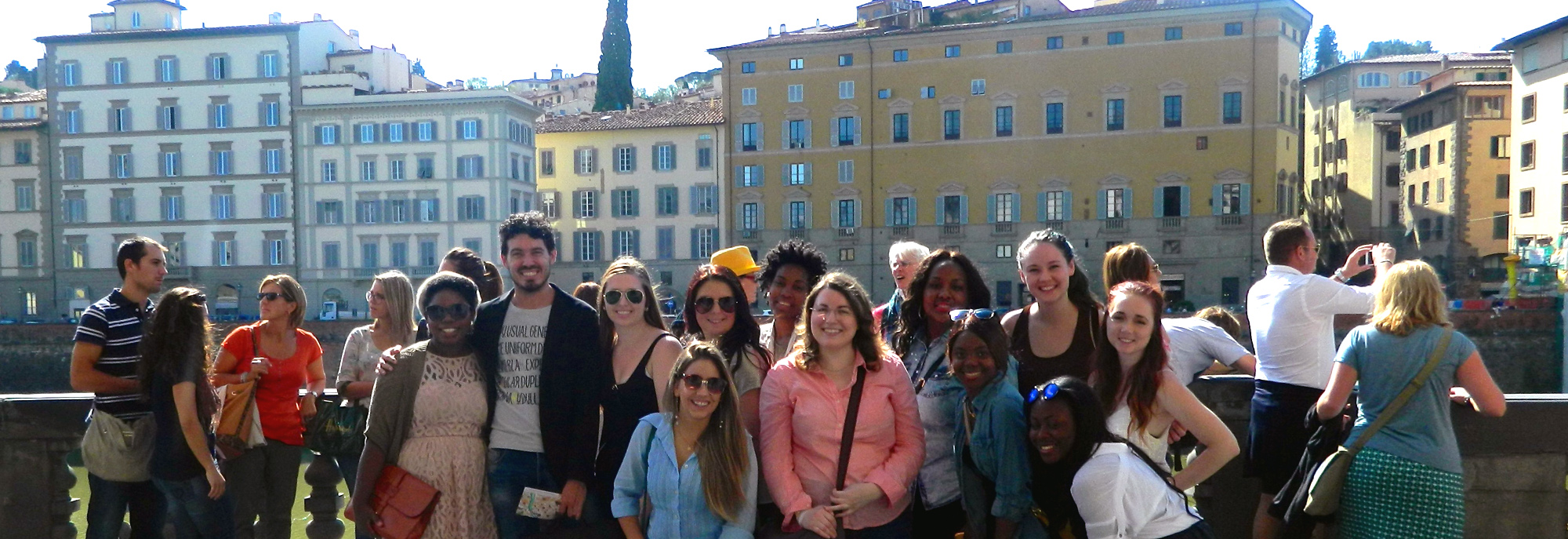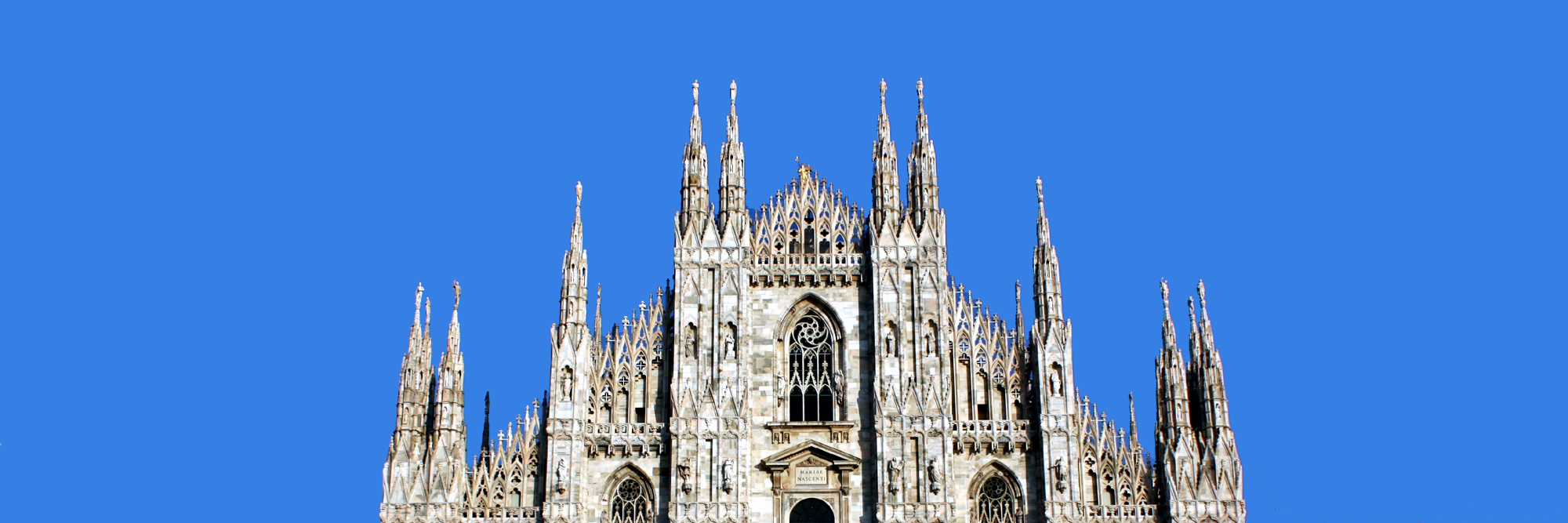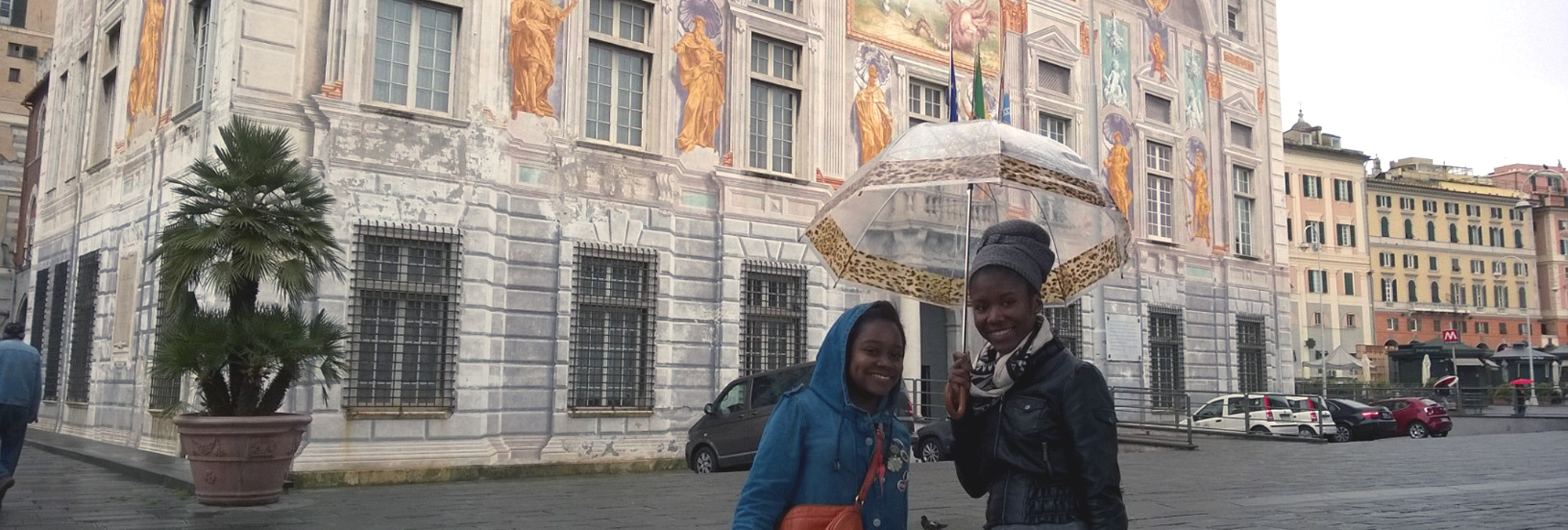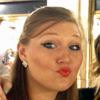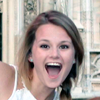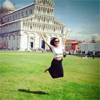ITALY FIELD TRIPS
KEI organizes cultural activities in Florence throughout the program. In addition, semester programs include 2-day trips and summer programs also include 1-day trip to other parts of Italy. Our favorite places to visit are described on this page. Transportation, lodging, and admission for planned activities are included in the program fee. KEI reserves the right to change planned excursions for destinations of equal value and interest. Excursions may change based on availability, local festivals, and interest. Academic year and multiple-term students participate in planned excursions during their first term of study.
Florence
From an army camp established by Julius Caesar, Florence rose to international grandeur largely through the influence of the Medici family in the 14th century. This family of bankers had the money, prestige, and desire to commission major works of art and architecture, mostly sacred. Florence’s primary landmark, the Duomo (Basilica di Santa Maria del Fiore) was completed at this time and featured works by Giotto, Ghiberti, and Brunelleschi. Other treasure troves of art include the Uffizi Gallery, Accdemia dell’Arte del Disegno, Michelangelo’s David, Piazza Signoria, Ponte Vecchio, Santa Croce Church, S. Lorenzo Church, Palazzo Pitti (Palatina Gallery), Boboli Garden, Medici’s Chapels, Piazzale Michelangelo, San Miniato Church, Villa La Petraia, Fiesole, Villa Gamberaia Garden, Carmine Church, Brancacci Chapel, Cestello, S. Spirito Churches and Cenacolo di Ognissanti.
Milan
Milan’s artistic past as a center of opera and arts is now overshadowed by its industrial appearance. Yet one can still find several exquisite churches, cathedrals and theaters. Leonardo daVinci’s most famous painting The Last Supper is on display in the church of Santa Maria della Grazie. Other points of interest include the Railway Station, Republic Square, International Exhibition Complex, Arch of Peace, Sempione Park, Sforzesco Castle, Basilica of St. Ambrogio, Archaeological Museum, St. Lorenzo, St. Eustorgio, Naviglio Quarter, St. Maria Church, St. Celso Churches, Duomo Square, Cathedral, La Scala Opera House, Vittorio Emanuela Arcade, Palazzo Brera, Casa di Manzoni, Via Montenapoleone, Planetarium and Porta Venezia.
Venice
There is much to see and do in Venice and the surrounding region (Venetto). Some of the more notable destinations include the following: St. Mark’s Square, Doge’s Palace, Rialto, Bridge of Sighs, Church S. Nicolo dei Mendicoli, Church of S. Pietro di Castello, Scovegni Chapel, Biblioteca Fava (private manuscript collections), San Zaccaria, Church of St. Maria dei Miracoli, Frari, Santi Giovanni e Paolo, Palace of San Marco, the Old Arsenal, Scuola of San Giorgio, Island of Trocello, Church of Santa Maria e Donato in Murano, Basilica of St. Antonio in Padua and Island of St. Lazzaro delgi Armeni.
Pissa/Luca
Pisa is a city in Italy’s Tuscany region best known for its iconic Leaning Tower. Already tilting when it was completed in 1372, the 56m white-marble cylinder is the bell tower of the Romanesque, striped-marble cathedral that rises next to it in the Piazza dei Miracoli. Also in the piazza is the Baptistry, whose renowned acoustics are demonstrated by amateur singers daily, and the Caposanto Monumentale cemetery.
Lucca is a city on the Serchio river in Italy’s Tuscany region. It’s known for the well-preserved Renaissance walls encircling its historic city center and its cobblestone streets. Broad, tree-lined pathways along the tops of this massive 16th- and 17th-century ramparts are popular for strolling and cycling. Casa di Puccini, where the great opera composer was born, is now a house museum.
Siena
Siena, a city in central Italy’s Tuscany region, is distinguished by its medieval brick buildings. The fan-shaped central square, Piazza del Campo, is the site of the Palazzo Pubblico, the Gothic town hall, and Torre del Mangia, a slender 14th-century tower with sweeping views from its distinctive white crown.
San Gimignano
San Gimignano is an Italian hill town in Tuscany, southwest of Florence. Encircled by 13th-century walls, its old town centers on Piazza della Cisterna, a triangular square lined with medieval houses. It has a skyline of medieval towers, including the stone Torre Grossa. The Duomo di San Gimignano is a 12th-century church with frescoes by Ghirlandaio in its Santa Fina Chapel.
Rome (Optional)
All roads lead to Rome, and the 21st century still proves this to be true. There is much to wonder about in Rome. Some notable landmarks include Saint Peter’s, Roman Forum, Sistine Chapel, Vatican Museums, Palatine Hill, Capitoline Hill, Castel S. Angelo, Colosseum, Spanish Steps, Piazza di Spagna, Pantheon, Trevi Fountain, Santa Maria Maggiore, Piazza Navona, Catacombs, Piazza Venezia, San Paolo, Nero’s Golden House, Borghese Gallery, Vatican Necropolis, Statue of Moses in San Pietro in Vincoli and Tre Scalini’s Tartufo con Panna.
NOTE: Rome is an optional excursion and not included in the program fee. KEI will organize an overnight excursion to Rome if 4 or more students are interested. The cost will depend on the number of nights and itinerary in Rome. On average, students should budget 300 to 400 euro.
TESTIMONIALS
Move your mouse over the testimonial to pause rotation.



